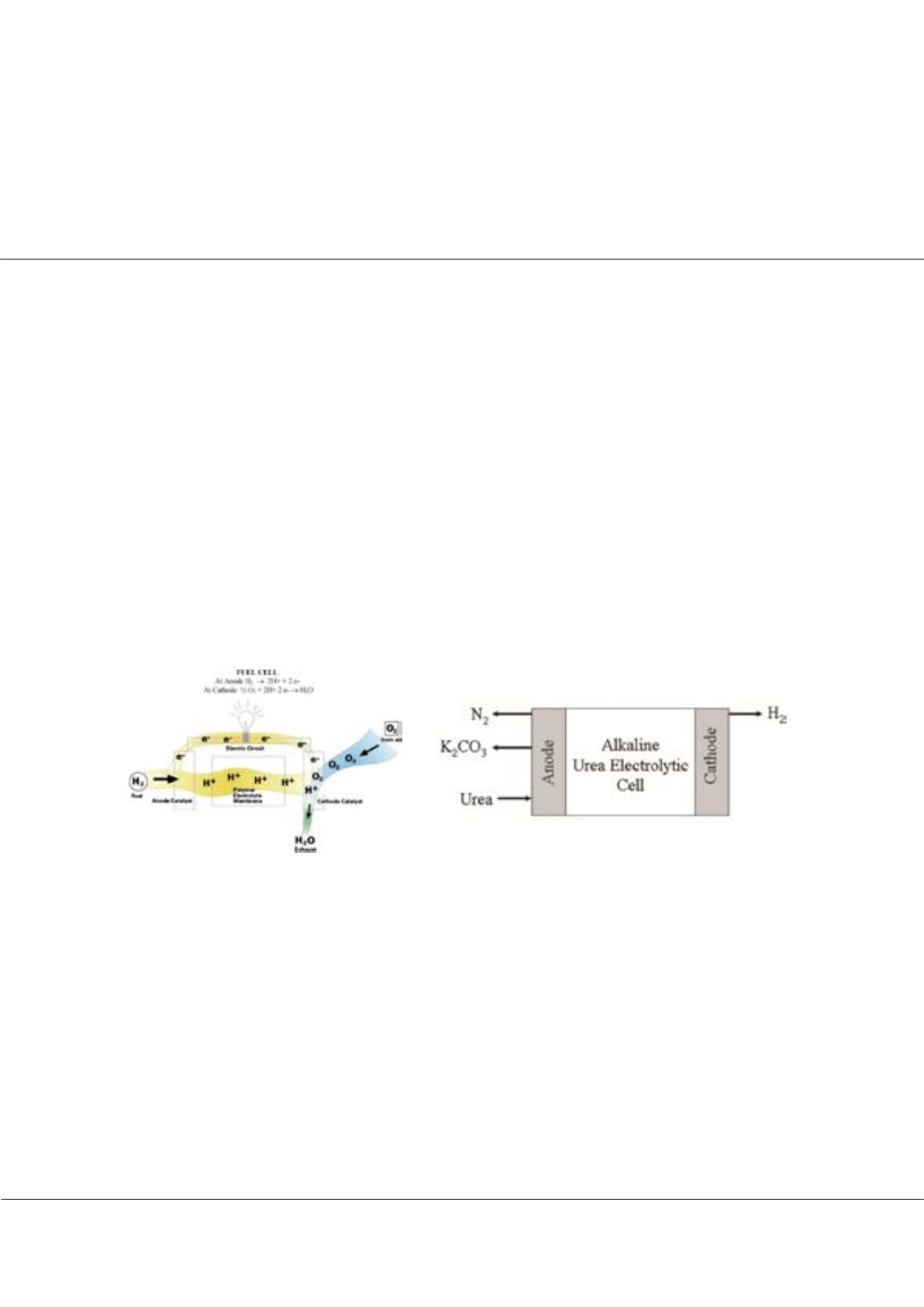

Page 70
conferenceseries
.com
Volume 8
International Journal of Waste Resources
ISSN: 2252-5211
Recycling Expo 2018
June 25-26, 2018
June 25-26, 2018 | Berlin, Germany
8
th
World Congress and Expo on Recycling
Onsite generation of electricity from discharged urine from male toilets in commercial, industrial
and institutional buildings
Ann T W Yu
and
Irene Wong
The Hong Kong Polytechnic University, Hong Kong
T
his research study explores the potential for producing electricity from discharged urine in the daily operation of male
toilets in commercial, industrial and institutional buildings. The majority of the population in metropolitan cities lives
in these high-rise buildings apart from residential buildings. High-rise buildings consume large amounts of energy in daily
operation and release considerable amounts of waste including human urine into the environment. In addition, untreated
urine from urinal of these buildings contains polluting organic compounds and requires energy-consuming treatment prior
to discharge into waterways. Urea is a major composition of urine. Urea contains four hydrogen atoms which are less tightly
bonded than H
2
O in water. Hydrogen, which is a clean source of energy, is considered by scientists as a promising fuel for
future. Hydrogen and urea are produced in electrolysis of urine as shown in figures 1 and 2. Operation of hydrogen fuel
cells are produced in electrolysis of urine. The generated hydrogen gas can be utilized to generate electricity for building
operations. Ohio University in the USA has developed Ammonia Green Box® which can extract hydrogen gas directly from
urine by electrochemical oxidation using an economical catalyst. Electricity is produced from the electrolysis of hydrogen
gas in a hydrogen fuel cell. The simple and convenient hydrogen extraction process is suitable to be applied in high-rise
developments. Production of electricity from urine can reduce power supply from the grid system and subsequently reduce
building management cost.
Figure 1: Operation of hydrogen fuel cell. Figure 2: Schematic representation of the direct urea-to-hydrogen process.
Recent Publications
1. Huo X, Yu A T W and Wu Z (2018) An empirical study of the variables affecting site planning and design in green
buildings. Journal of Cleaner Production 175:314-323.
2. Huo X and Yu A T W (2017) Analytical review of green building development studies. Journal of Green Building
12(2):130–148.
3. Wu Z, Shen L, Yu A T W and Zhang X (2016) A comparative analysis of waste management requirements between five
green building rating systems for new residential buildings. Journal of Cleaner Production 112(1):895-902.
4. Yu A T W and Shen G Q P (2015) Critical success factors of the briefing process for construction projects. Journal of
Management in Engineering ASCE 31(3):04014045.
5. Yu A T W, Wu Y, Shen J, Zhang X, Shen L and Shan L (2015) The key causes of urban-rural conflict in China. Habitat
International 49(1):65-73.
Ann T W Yu et al., Int J Waste Resour 2018, Volume 8
DOI: 10.4172/2252-5211-C1-011
















